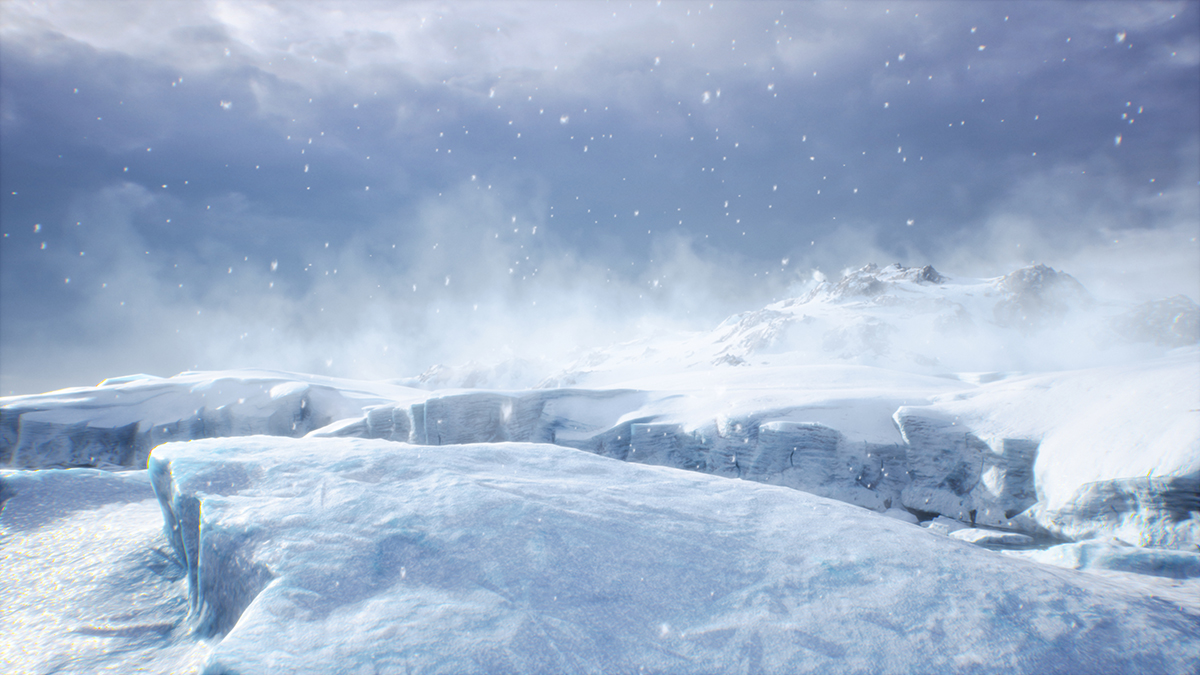career of the month
Systems Technology Engineer Rebecca Herold
The Science Teacher—March/April 2023 (Volume 90, Issue 4)
By Luba Vangelova
Freebies and Opportunities for Science and STEM Teachers, March 21, 2023
By Debra Shapiro

Idea Bank
Digesting Solubility Rules
A method for memorizing solubility rules for ionic compounds
The Science Teacher—March/April 2023 (Volume 90, Issue 4)
By Jonathan McClintock
resorce rendezvous
Science Friday
The Science Teacher—March/April 2023 (Volume 90, Issue 4)
By Holly Amerman
focus on physics
Tips for Teaching the Physics of Falling
The Science Teacher—March/April 2023 (Volume 90, Issue 4)
By Paul G. Hewitt
editor's corner
Building a Science Classroom Community
The Science Teacher—March/April 2023 (Volume 90, Issue 4)
By Ann Haley Mackenzie
feature
Unpacking the Universe
Accessible and active learning activities for analyzing authentic data
The Science Teacher—March/April 2023 (Volume 90, Issue 4)
By Ardis Herrold, Edward Prather, and Justine Schaen

feature
The Air We Breathe
Integrating citizen science with social justice to drive climate literacy
The Science Teacher—March/April 2023 (Volume 90, Issue 4)
By Karolyn Burns and Diego Molina-Castrillón

feature
The Fram Polar Expedition and Determining Latitude From Stars
An Earth science student-learning exercise
feature
Chemical Cargo Carrier
An engineering design challenge using Newton’s laws
The Science Teacher—March/April 2023 (Volume 90, Issue 4)
By Marta Stoeckel, Angela Peterson, Lisa Ortmann, and Gillian Roehrig



